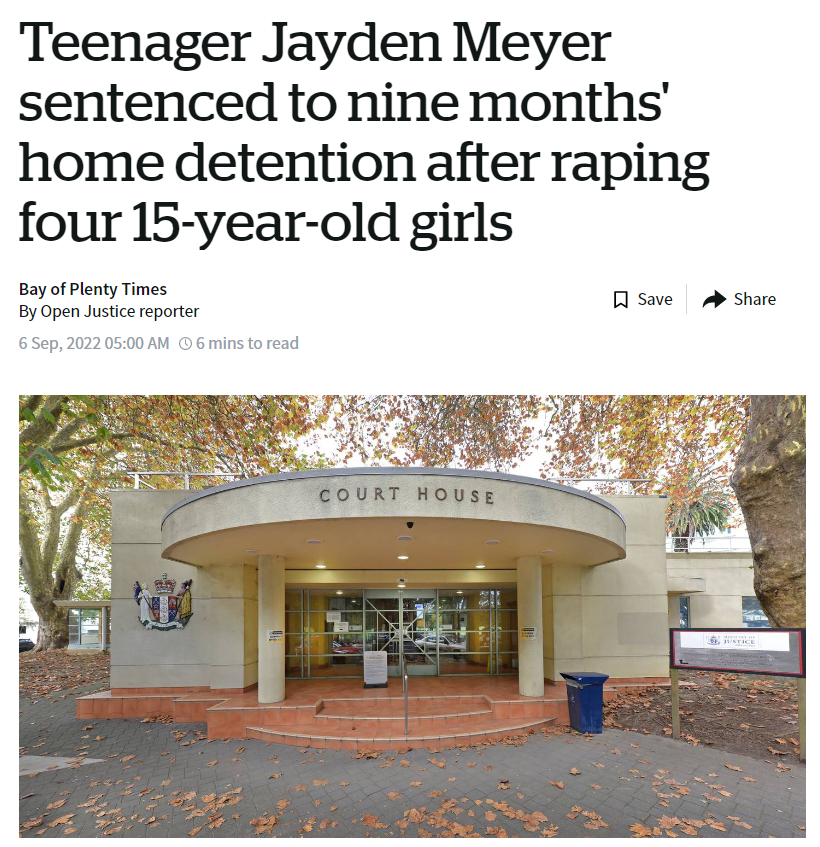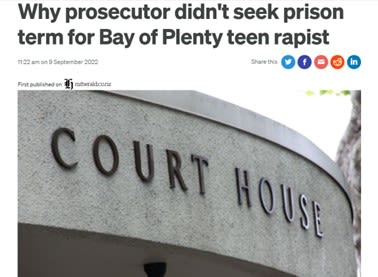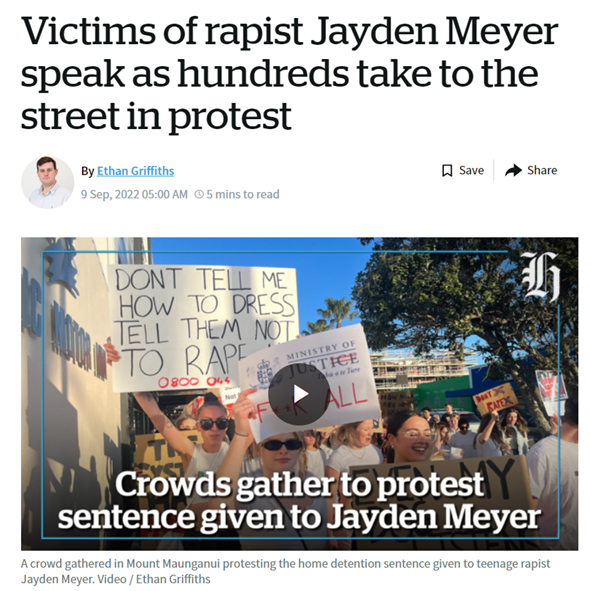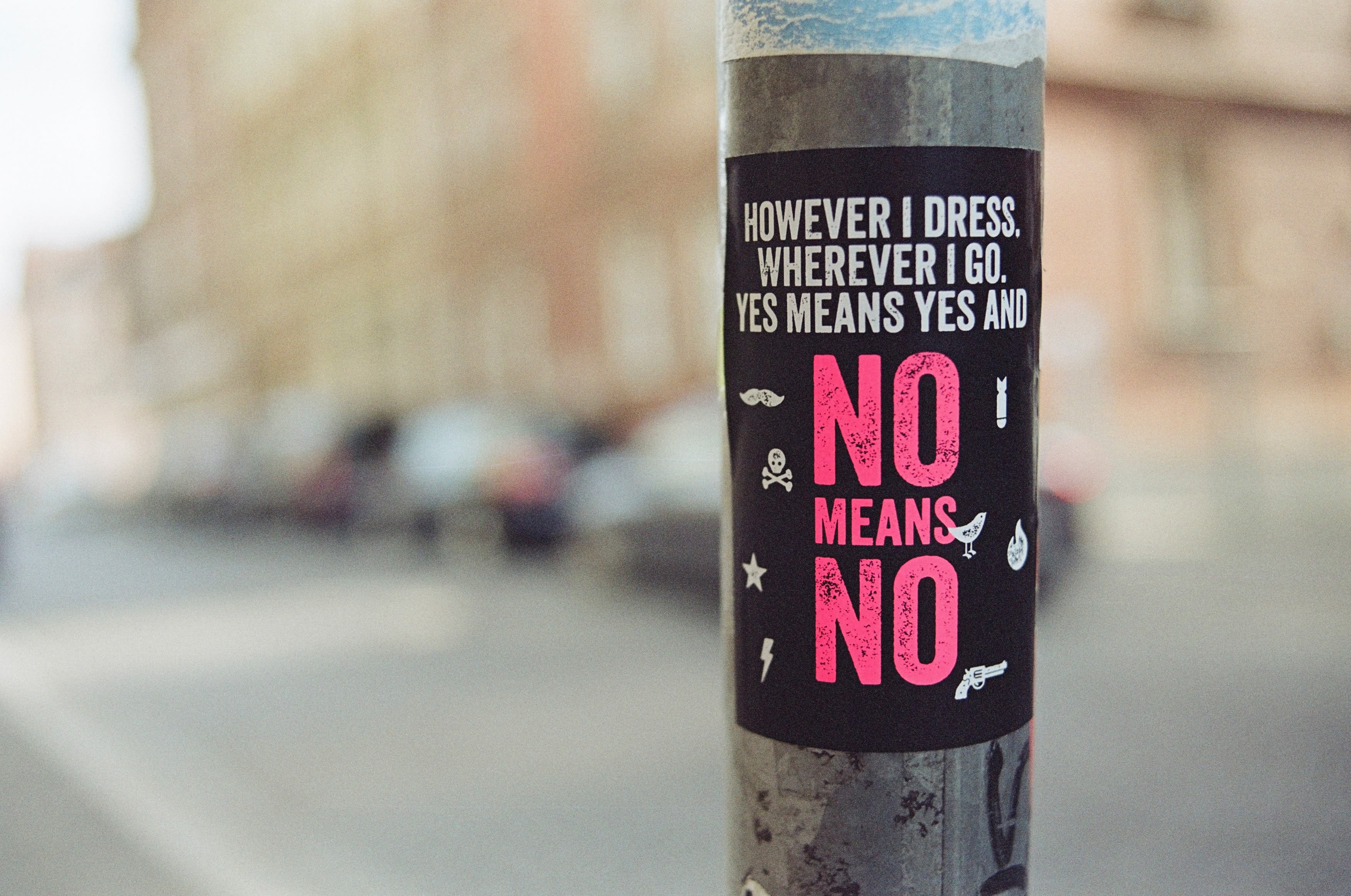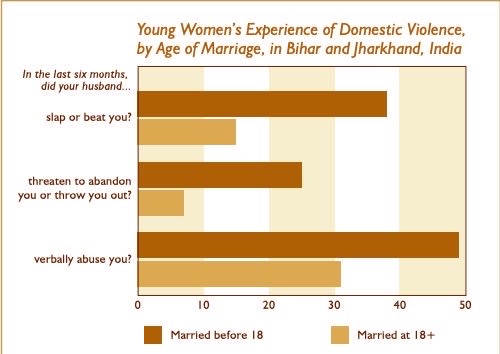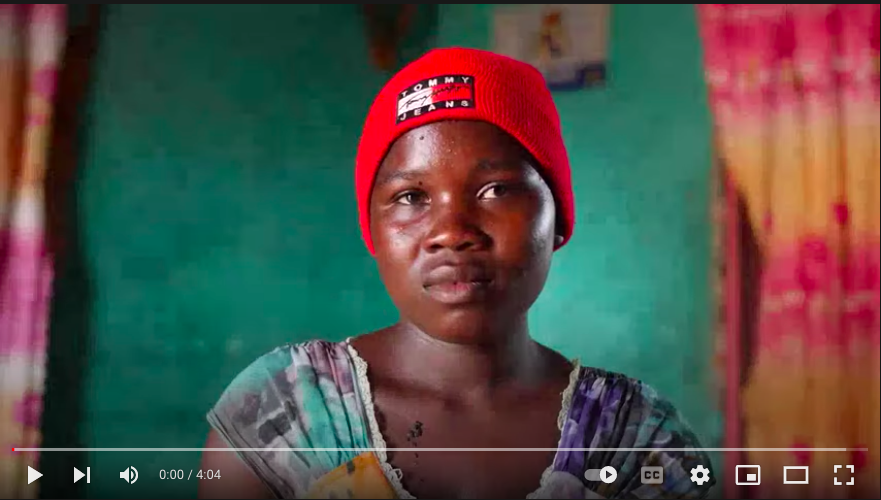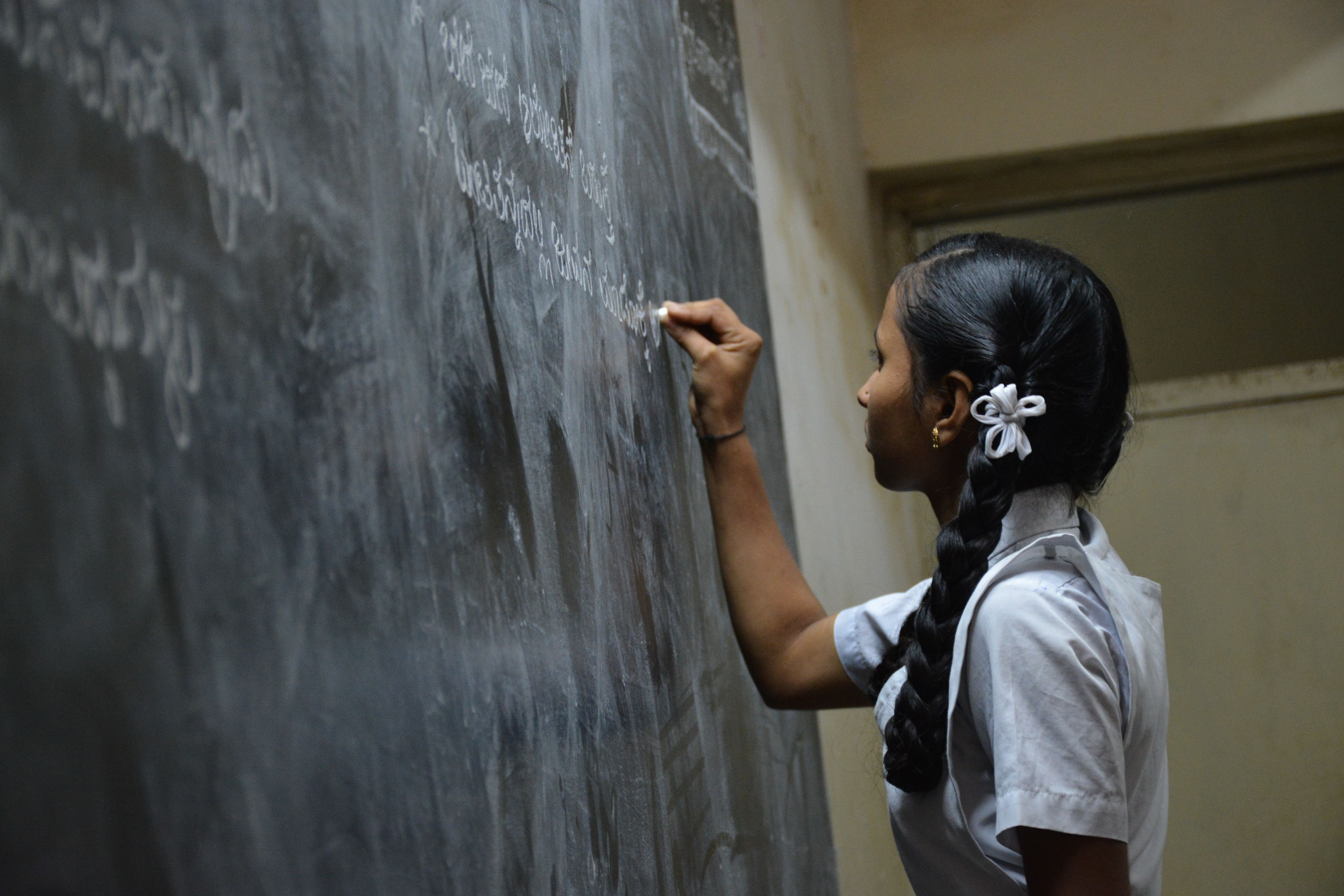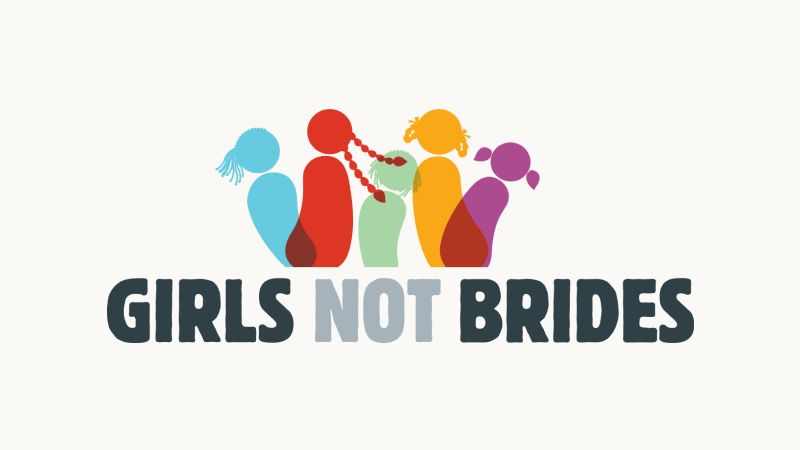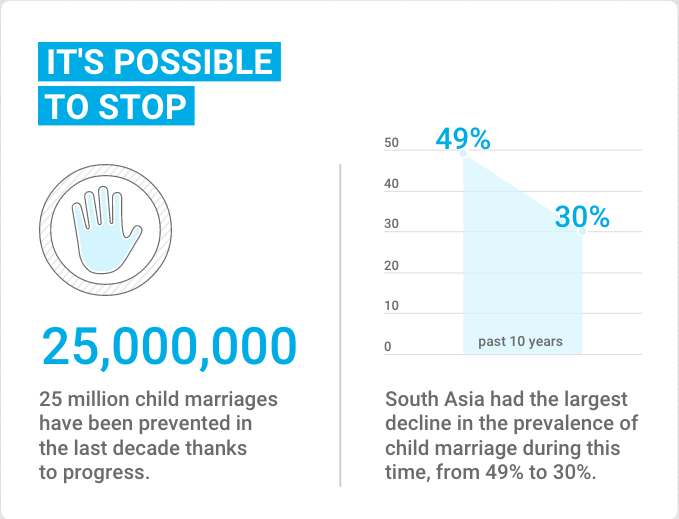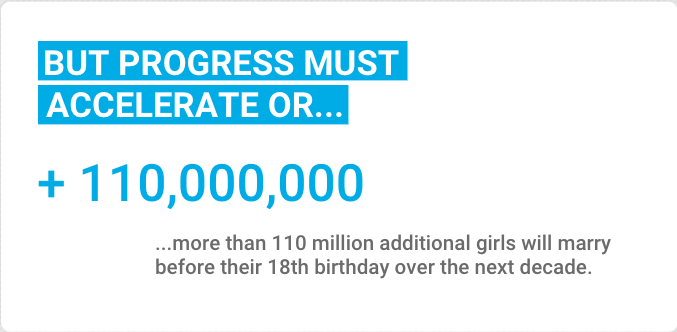Just Another Slap on the Wrist
Looking into a few of the present injustices where men are getting a slap on the wrist at the expense of women
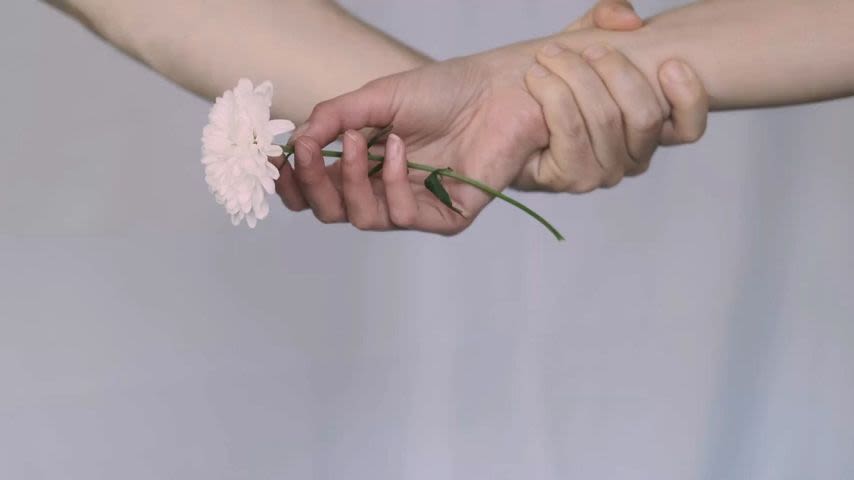
Content Warning
A content warning is advised as this webpage includes references to the following topics:
Section one references sexual assault, rape and personal quotes from victims.
Section two references sexual assault and harassment.
Section three references child abuse and sexual assault.

The Injustice of the Justice System
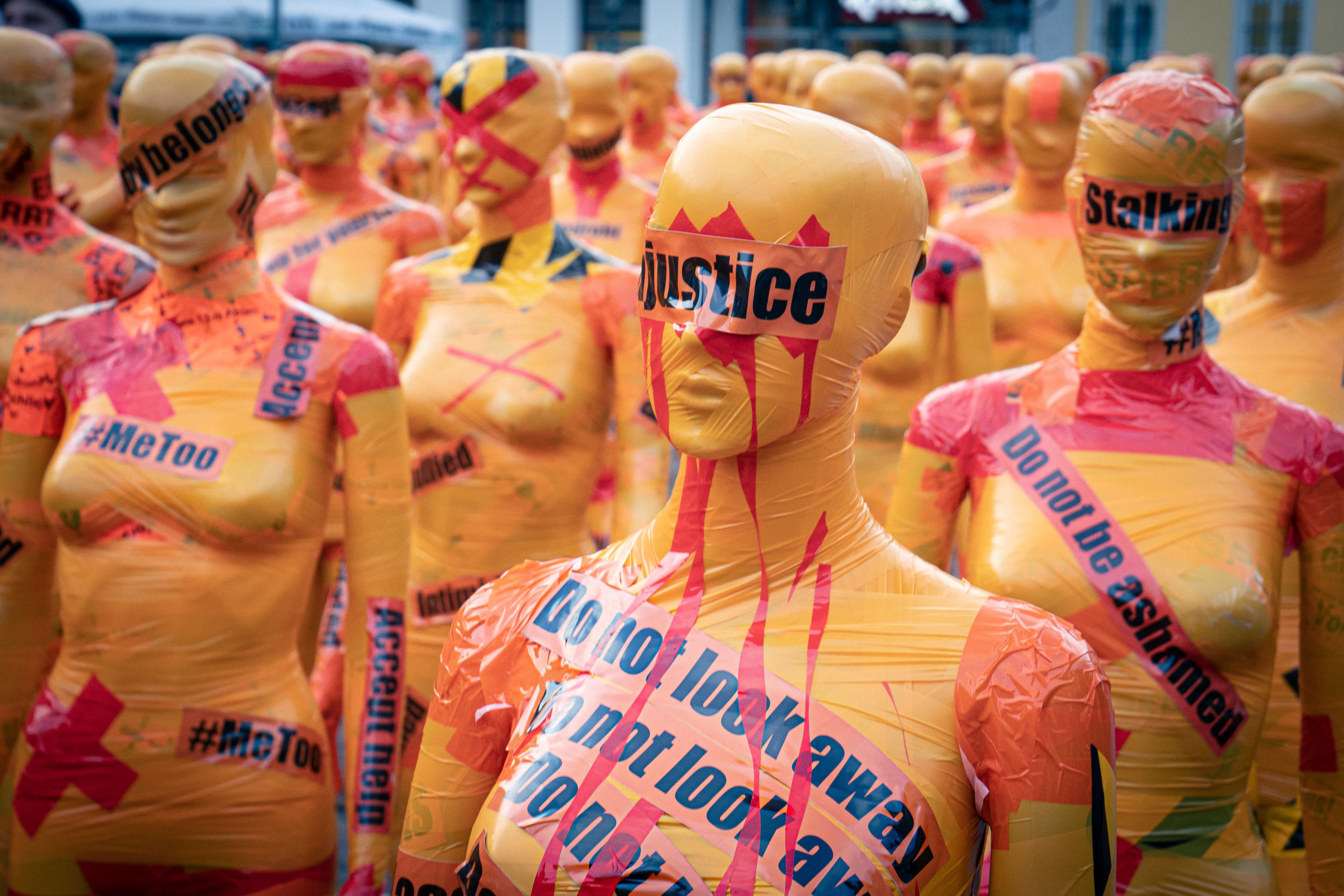
It’s no secret that sexual assault is an issue within New Zealand and leads to issues of victim blaming, under-reporting and a lack of justice. The same narrative for offenders of sexual assault is being constantly repeated. Narratives involve offenders who are struggling with drug and alcohol addictions, have mental health issues, associating with bad friends and lack employment to explain why their behaviours should be excused.
An example of this can be seen in a recent case witnessing Jayden Meyer walking away from court with 9-month home detention and a further 12 month of post-release conditions, including a ban on associating with anyone under 16 and attending a sexual violence prevention programme. Meyer faced ten charges, four of which were rape, another four for sexual violation and two for committing indecent acts.
However, Meyer's outcomes were not an anomaly many cases of sexual assault end with a ‘slap on the wrist’ for the offender. A 2020 case found 24-year-old Bailee Andrew James Hawtin from Oamaru guilty of unlawful sexual connection. Hawtin provided a 15-year-old girl with drugs and alcohol on multiple occasions to further assault her over 7 times across North Otago and South Canterbury. Hawtin was given 9-month home detentions, with judicial monitoring along with a first strike and he was not listed as a child sex offender.
The crown now follows a blueprint that ends with offenders receiving home detention over imprisonment. The crown explains its recent decisions through a focus on protecting the community with a rehabilitation approach to decrease re-offending and to balance the need for accountability and deterrence of future re-offending through maximum accessibility to intense rehabilitation.
This ruling is heartbreaking for the five victims who spook up against Meyer in 2020 and 2021. The consequences of sexual assault negatively impact the physical and psyche of victims and their families. The psychological impacts are devastating and often lead to victims experiencing Post-Traumatic Stress Disorder (PTSD), which encumbers an array of negative systems. The physical consequences of sexual assault include, injury, risk of sexually transmitted diseases (STD), unwanted pregnancy and in rare cases bring severe life-threatening injuries. The primary victim also experiences secondary trauma through the court systems and the reactions of others. Unfortunately, victims of sexual assault are heavily stereotyped and victim blamed due to rape myths acceptance (RMA).
RMA is created and reinforced through a lack of awareness of the issues of sexual assault as the conversation is considered taboo, a lack of education regarding safe sex, consent etc. provided to youth and a lack of support around victims of sexual assault. Within the example above the court acknowledges the negative effects sexual assault has on victims but then also supports the sexual aggression of young men toward women through a lack of justification, in a sense, they are protecting the future of the young male at the expense of the many female victims' trauma. Research has found that endorsement of rape myths or the lack of addressing rape myths leads to an increase in victim blaming.
Examples can be seen as ‘she didn’t fight back or say no’ Within many cases where the victim and offender have a prior association with each other the higher the chances of victim blaming are to occur. By blaming the victim and reinforcing rape myths the victim's experiences and effects become minimalised. The consequences of rape, however, should never be minimised and in the case of Jayden Meyer, they were.
However, the fight for justice for the women involved is not over. Spencer McNeil, an 18-year-old friend of the victims in the Meyer case has taken to social media through TikTok and Instagram to spread awareness for justice and change within the New Zealand Criminal Justice System. McNeil compares the charges of 9-month home detention for multiple counts of sexual assault with that of going to prison for poaching fish. A survivor from another recent Auckland case that had similar outcomes spoke up to say that these sentences are going to teach young men that if they are under 18 rape and sexual assault of women is okay. Across the North Island of New Zealand, many peaceful protests have been organised to stand with the victims of the recent home detention cases. People are rising and demanding a justice system that is accountable to young victims. McNeil is wanting people to be heard, he wants victims to feel safe coming forward to report crimes as well as wanting bystanders to speak up and call their friends out for their behaviour. A petition has also been developed by Bella Austin to collect signatures to show support and understanding that home detention is not enough.
"Rape culture is pretty prominent among young people, you hear people's experiences all the time. It's time to take a stand."
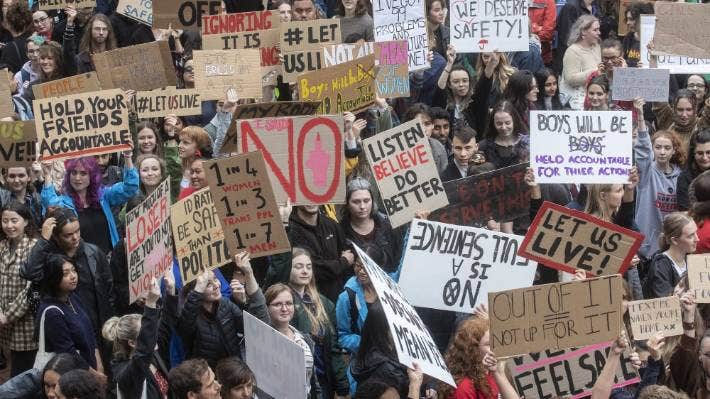
"It's truly terrifying how you can rape underage children and get ... a nine-month home detention sentence"
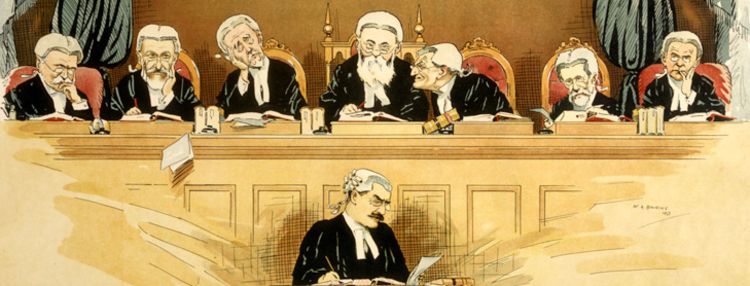
"Life doesn't prepare you for the horrors others' actions can inflict. Nor does it prepare you for the mental strain 16 months through the courts can cause"
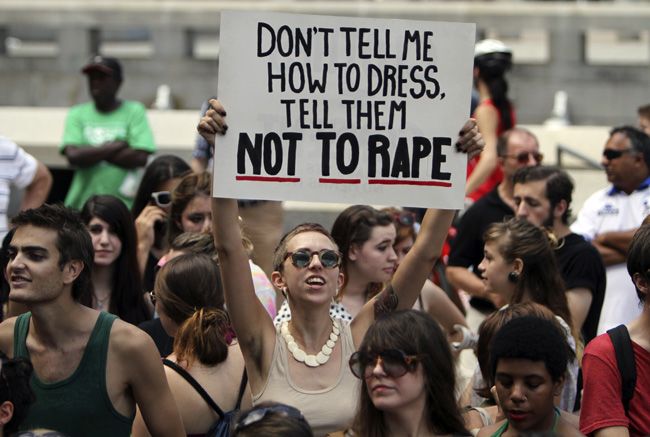
RMA are "attitudes and beliefs that are generally false but are widely and persistently held, and that serve to deny and justify male sexual aggression against women"
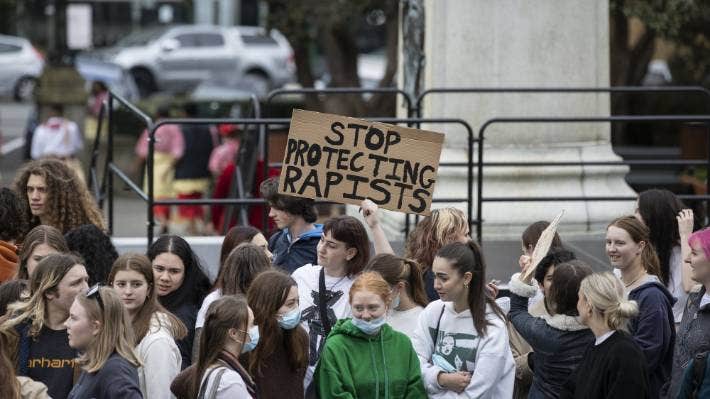
Blaming the victim can be understood as “holding the victim responsible for their assault”
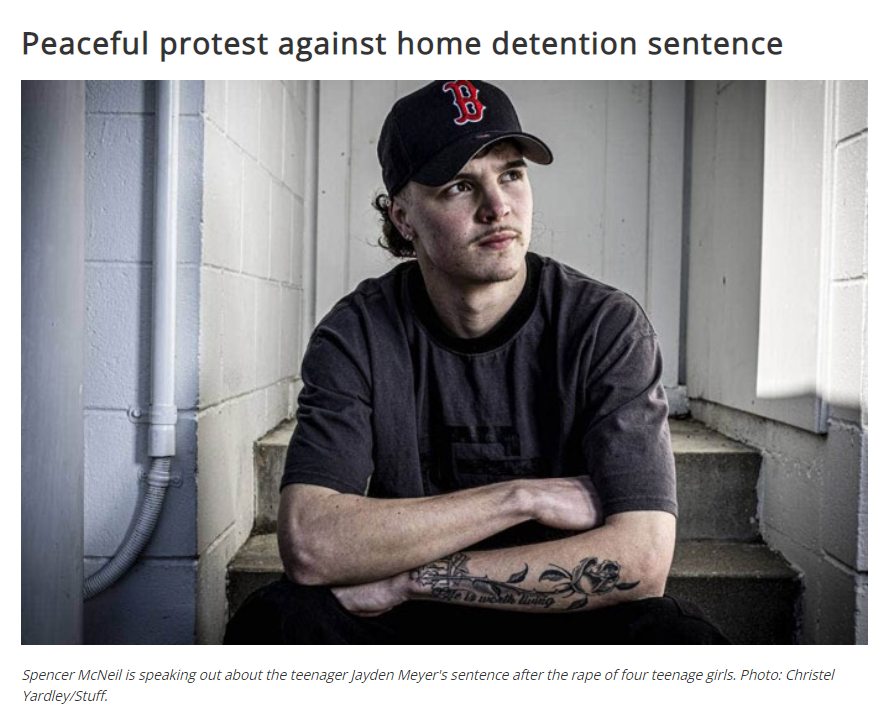
Below is a Video addressing the peaceful protests and the outcomes for offenders of recent sexual assault cases with an advocate for victims of sexual assault.
New Zealand 2021 Statistics
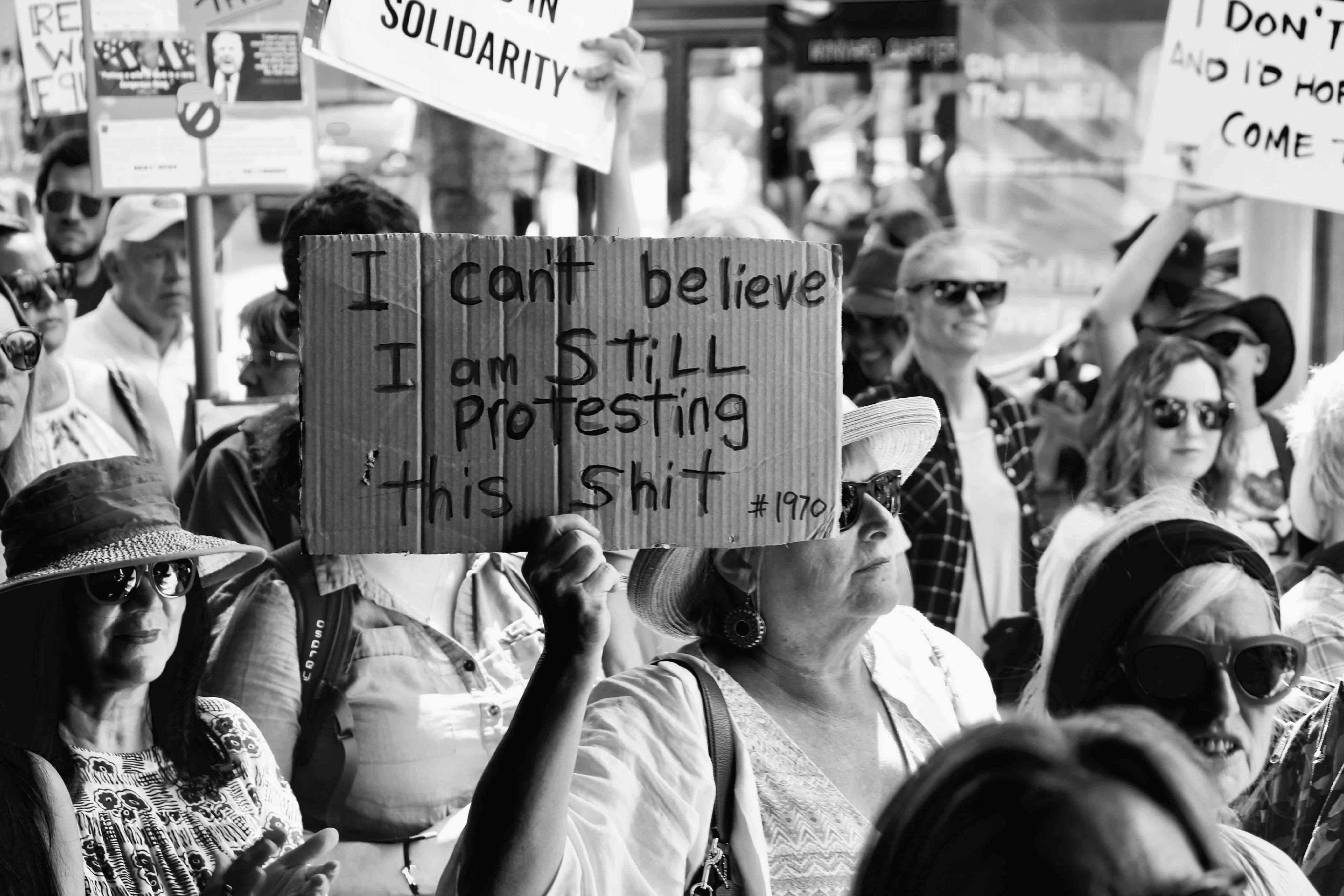
Below are New Zealand statistics collected by Figure.NZ based on NZ Police data from Recorded Crime Victims Statistics (RCVS) for the year 2021. Data is presented in age groups and further broken down into aggravated and non-aggravated assault.
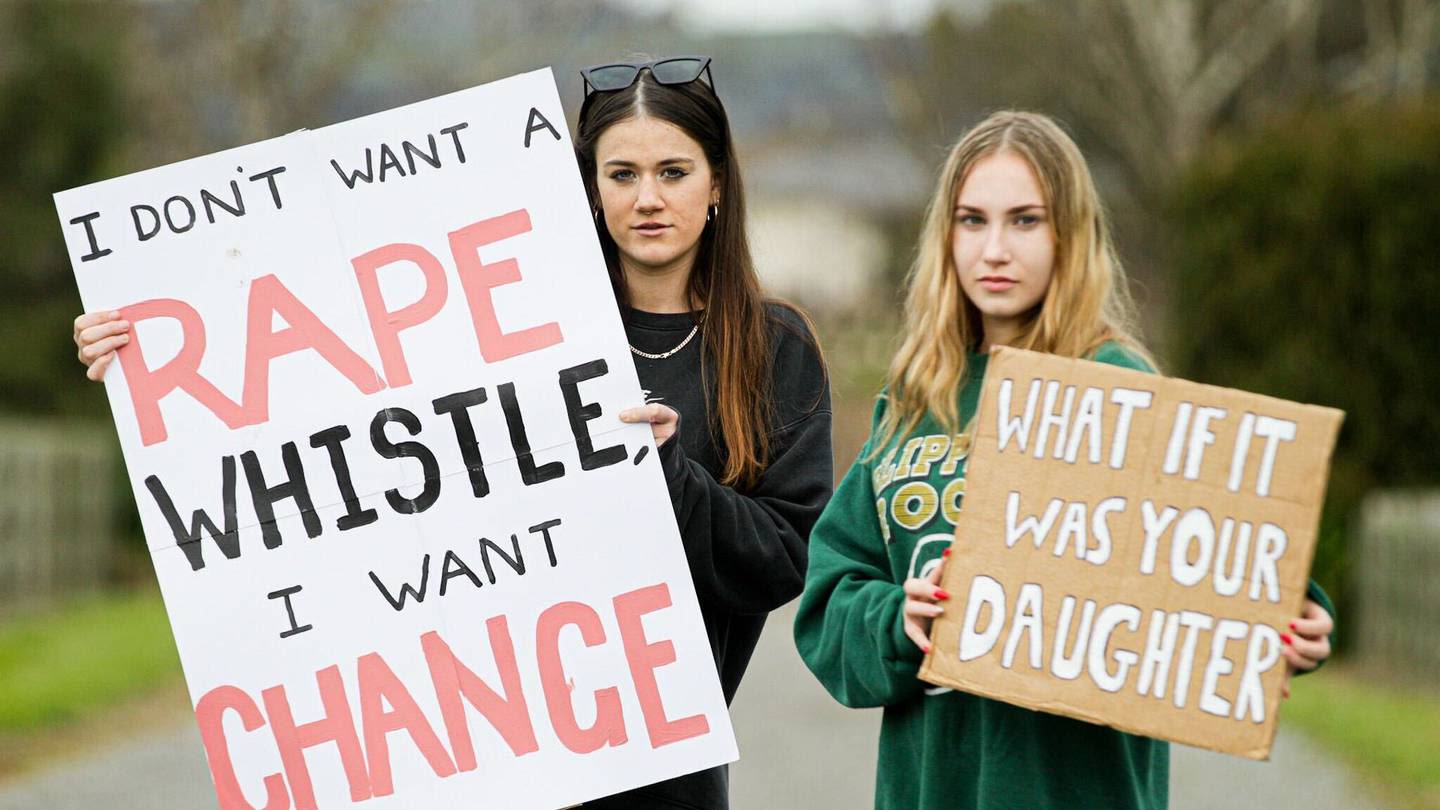
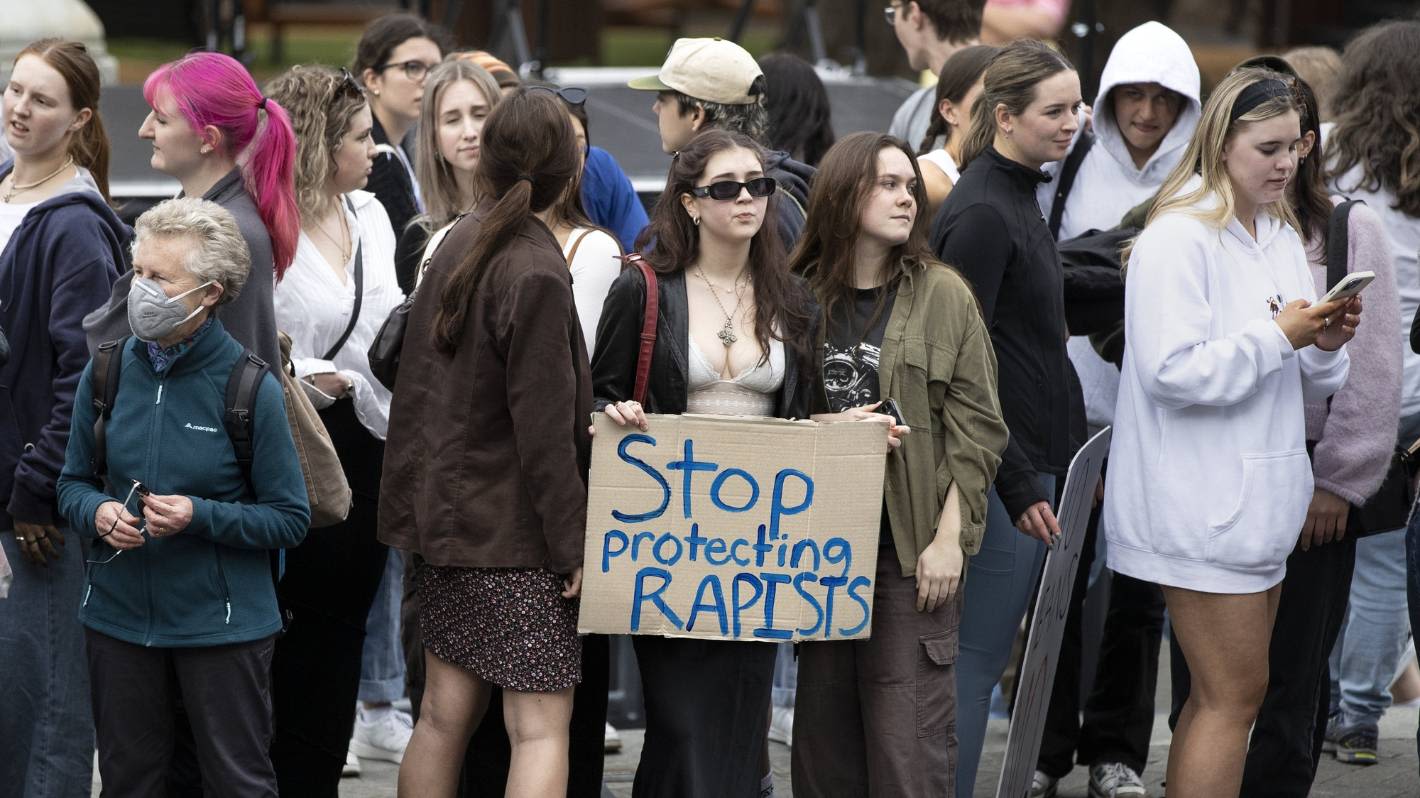
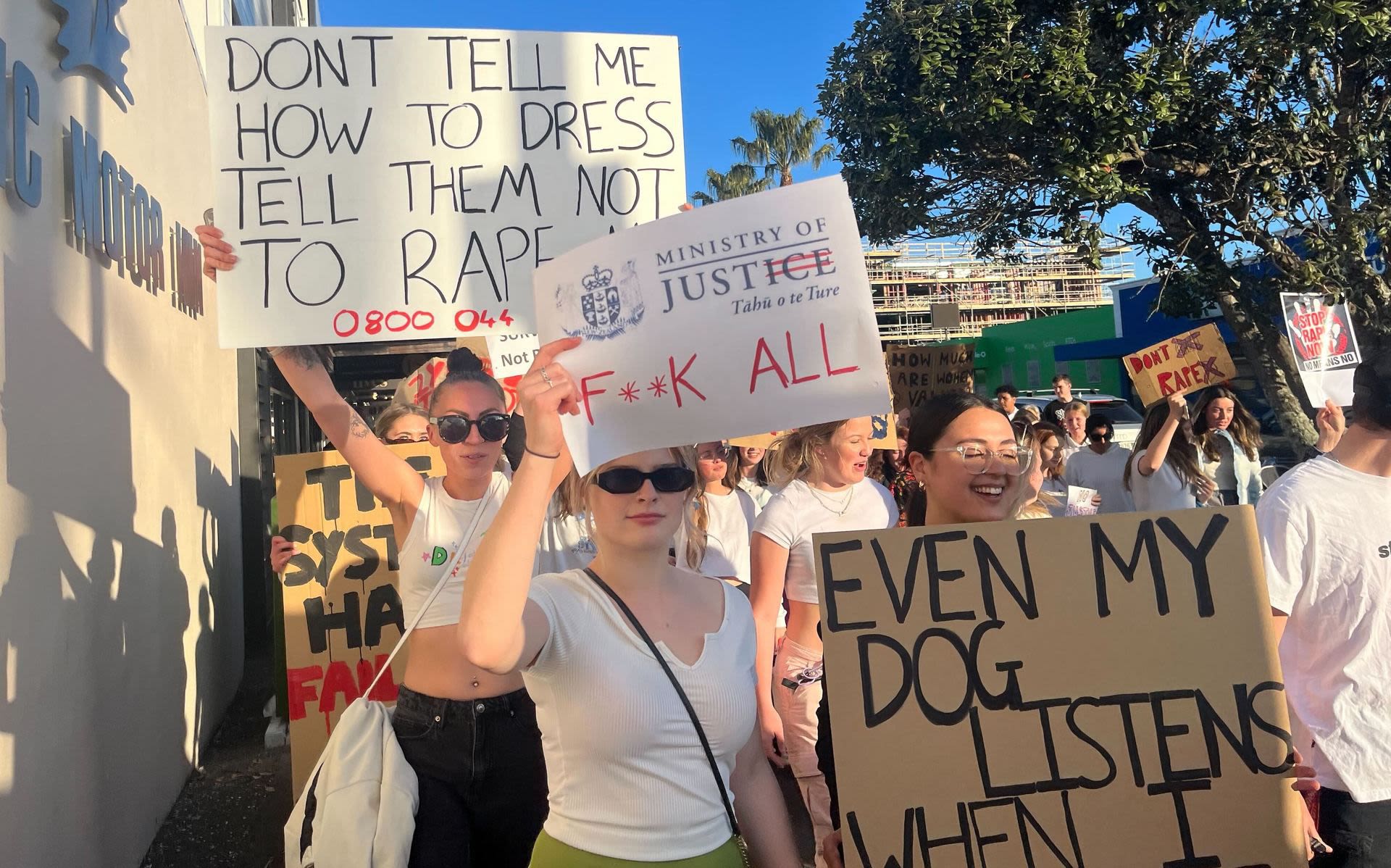
Workplace harassment
Workplace harassment is the belittling or threatening behavior directed at an individual worker or a group of workers

Workplace harassment is a relevant aspect of what goes on in terms of injustices that woman receive in terms of repercussions. While workplace harassment isn't a one gendered issue, when it is viewed from the perspective of women and the kind of harassment they are more likely to receive (sexual harassment) the topic of this presentation is made relevant sexual harassment within the workplace is unfortunately the one with the higher statistics. As we know, sexual harassment isn't a new issue, and in the context of the workplace it is no different. In fact, it could be argued in terms of workplace harassment not much has changed since the 80's. Within the workforce, more often than not woman are seen as less than their male counterparts, and this sexist mindset sometimes leads men into thinking they are better than women, that they have authority over them and can do to them whatever they want.
Often when people think about workplace harassment they ask the question "why not just report it?", however the reality of that isn't as simple as one may think. In 2017 the BBC did a survey which reported that out of 2,000 respondents 63% of women did not file a complaint when they experienced harassment due to the worry that they would face retaliation, or their situation would not be taken seriously. This is unfortunately a very real possibility in this context, as there have been many instances wherein women have come forward to report this issue and it has ended with them losing their job, being demoted, feeling isolated from their coworkers, and there have also been instances where woman have been offered collateral in exchange for their silence.
In 2022, New Zealand made changes to a workplace law that would allow survivors of sexual harassment in the workplace to have a year to report an offence, as apposed to the original 3 months. This decision was the first piece of workplace legislation to be changed since the beginning of the '#metoo' movement and shows that there has been growth within society, although the changes have been criticized as they don't include the same amount of time for harassment based on race etc.
There is some representation of sexual harassment within the workplace on television at the moment, for example the episode "He Said, She Said" Season 6; Episode 8 of the TV series Brooklyn 99; in this episode a woman physically injures her boss who attempts to sexually assault her at their place of employment. This results in police officers going to her place of employment to interview both the boss and other members of the staff, where they are all being paid to cover up what is really going on. The woman faces an attempt of bribery for her silence, and ends up losing her job. This episode does a great job of addressing the differences in treatment for men and women both within the workforce, and in day to day life.
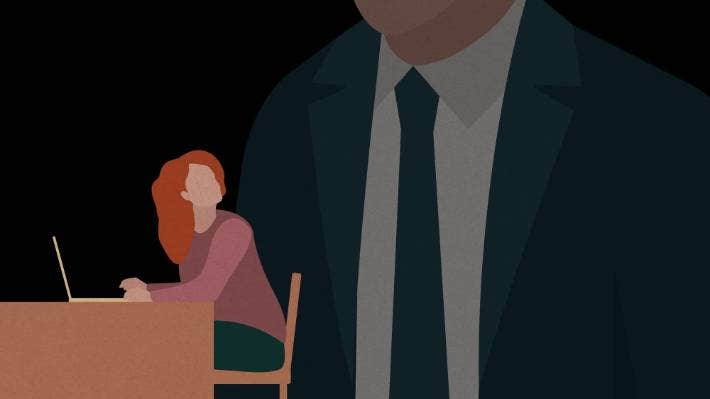

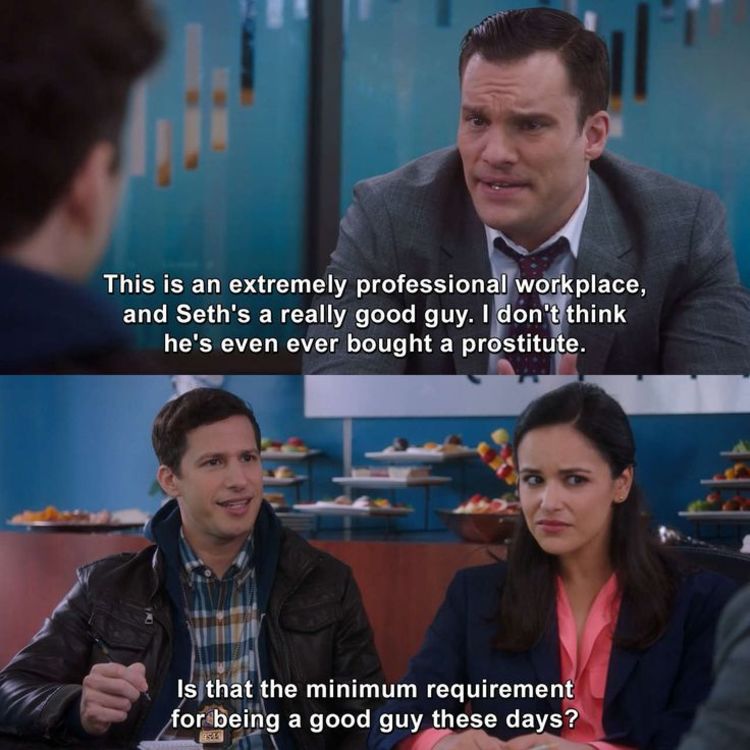
Workplace Harassment Statistics
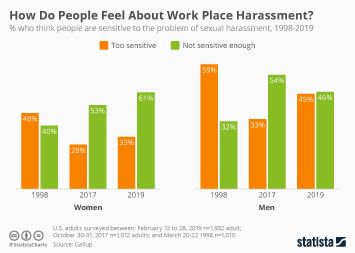
“The pendulum has swung too far in the direction of perpetrators.” Barrister Zoe Lawton
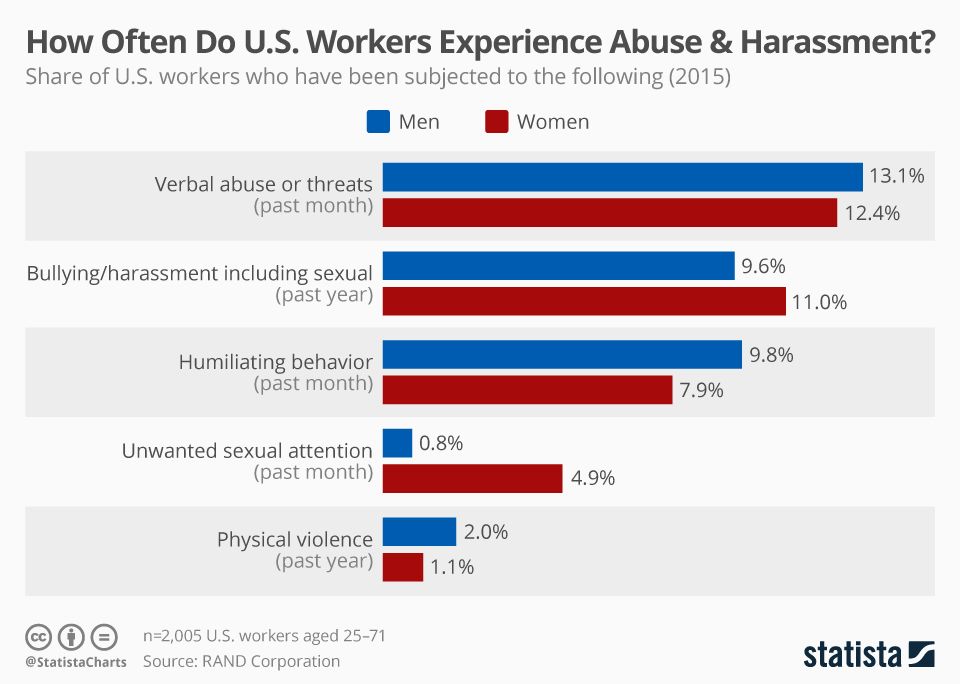
Women are overly silenced in this field of harrassment, with 55% of victims having experienced negative consequences when they came forward to make a claim, , 46% feared retaliation and 39% weren't confident that their issue would be addressed.
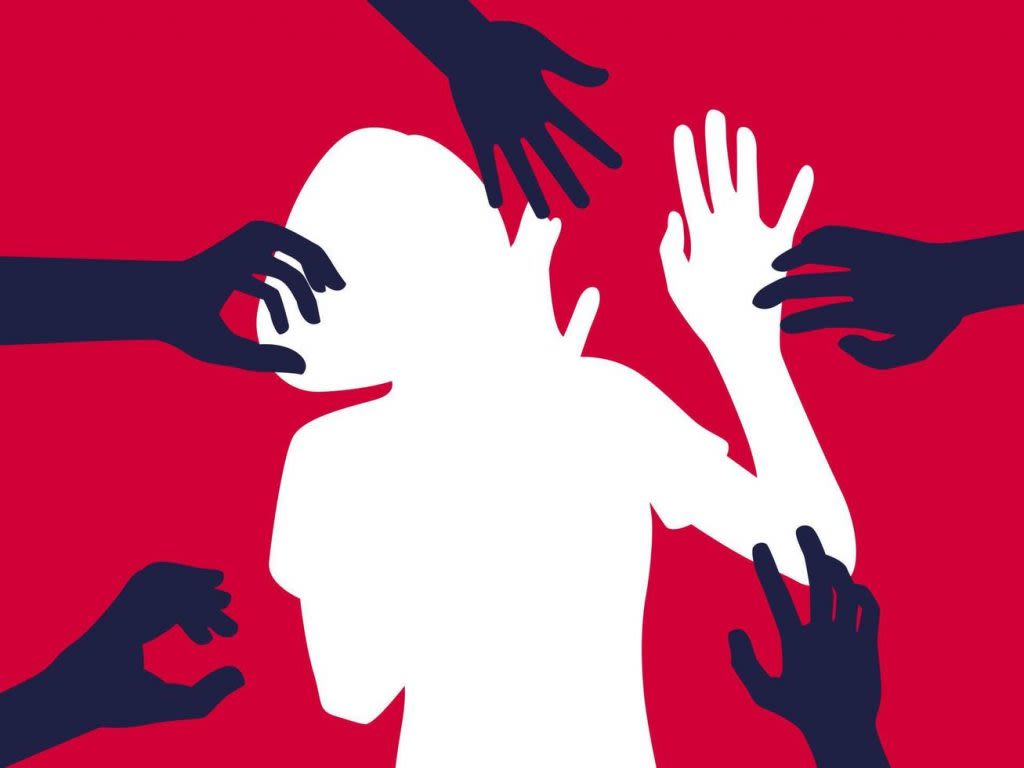
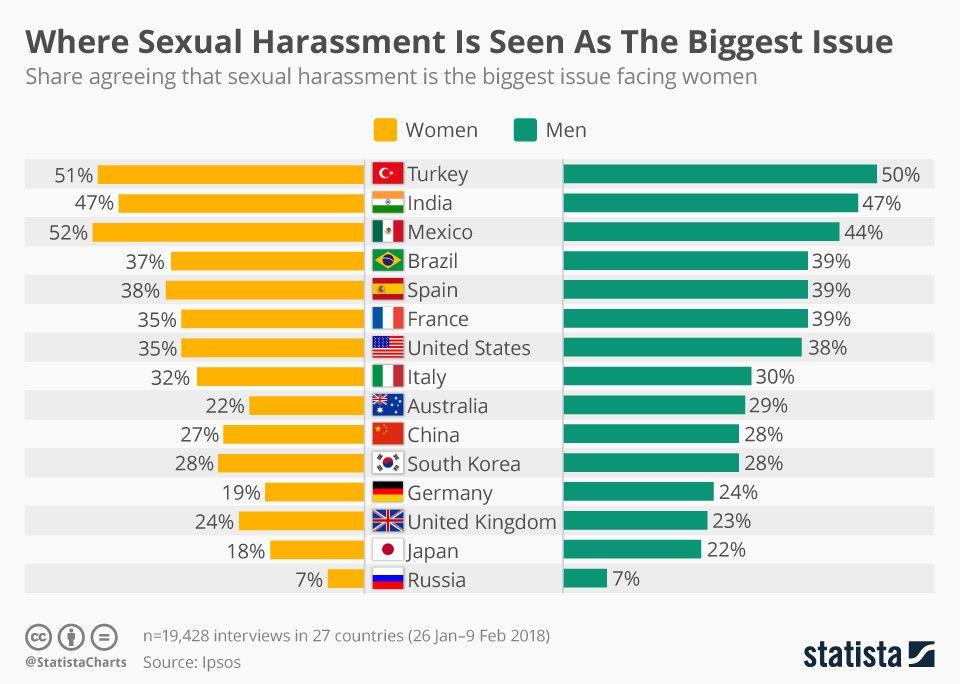
In European Union countries alone, between 40-50% of women have reported unwanted sexual advances, physical contact or other forms of sexual harassment at work.
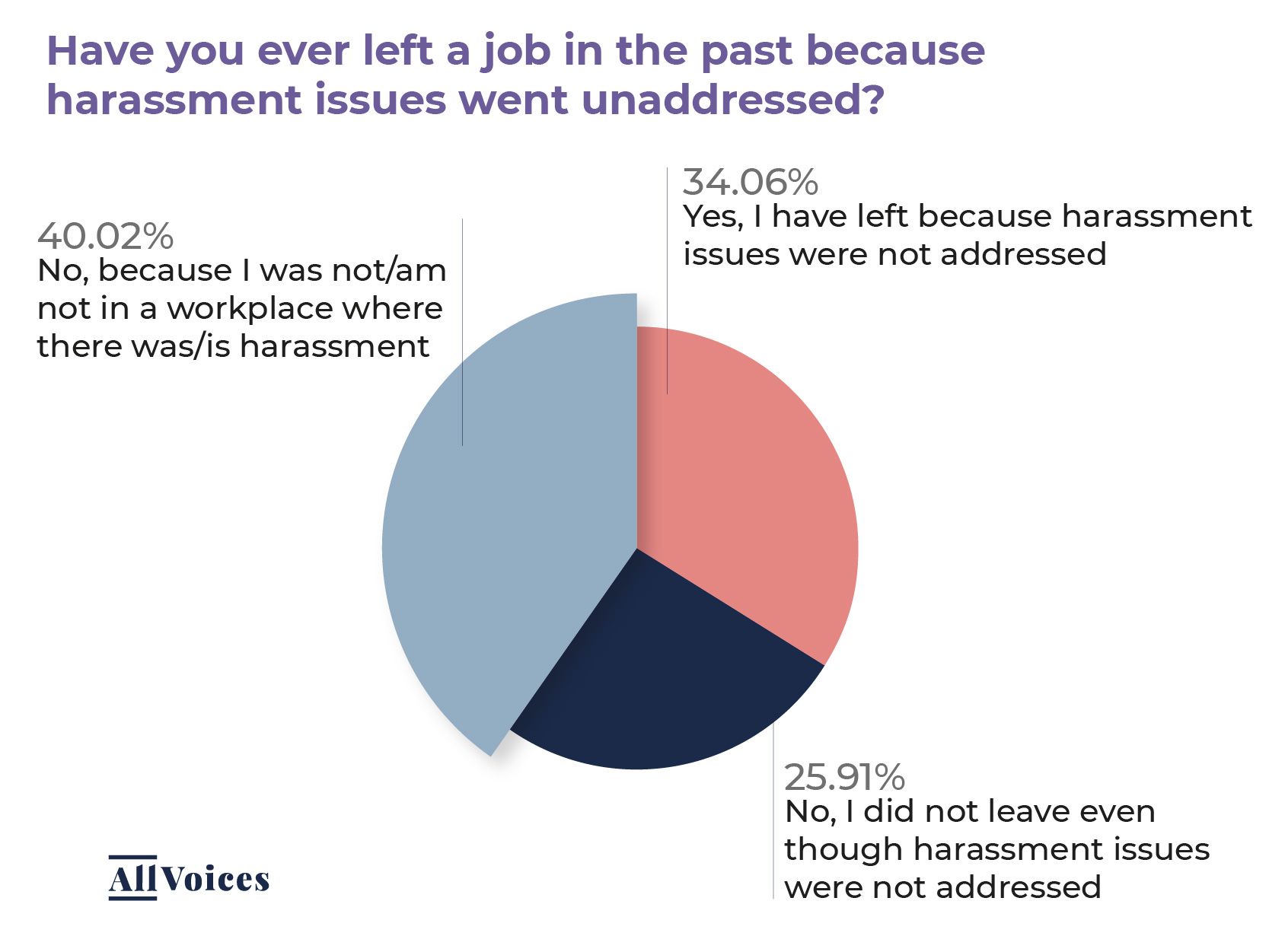
While 34% have left a position due to ongoing unresolved issues of harassment, 26% have stayed in the environment despite the ongoing presence of harassment around them — which can crush productivity, morale, engagement, and even the desire to want to go to work each day.
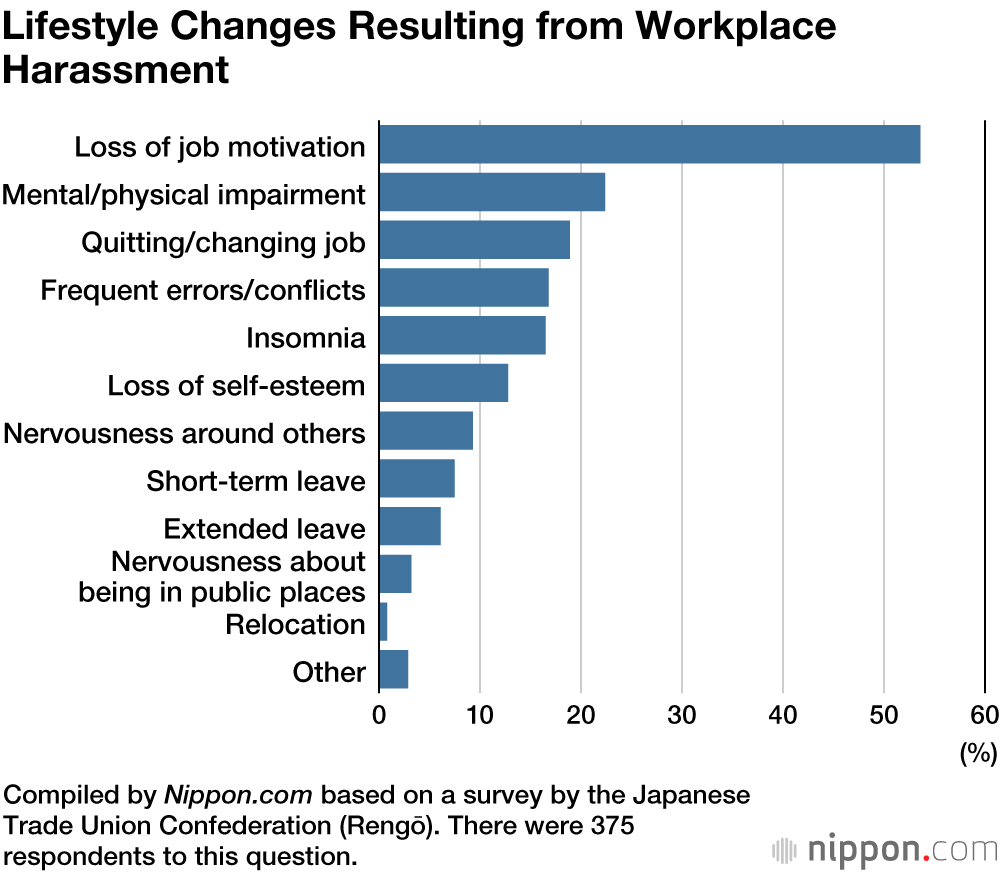
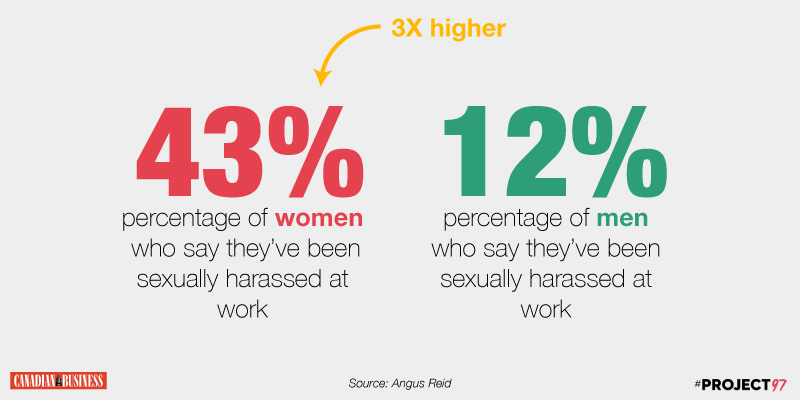

Children, Not Brides
The devastating impacts of arranged child marriages
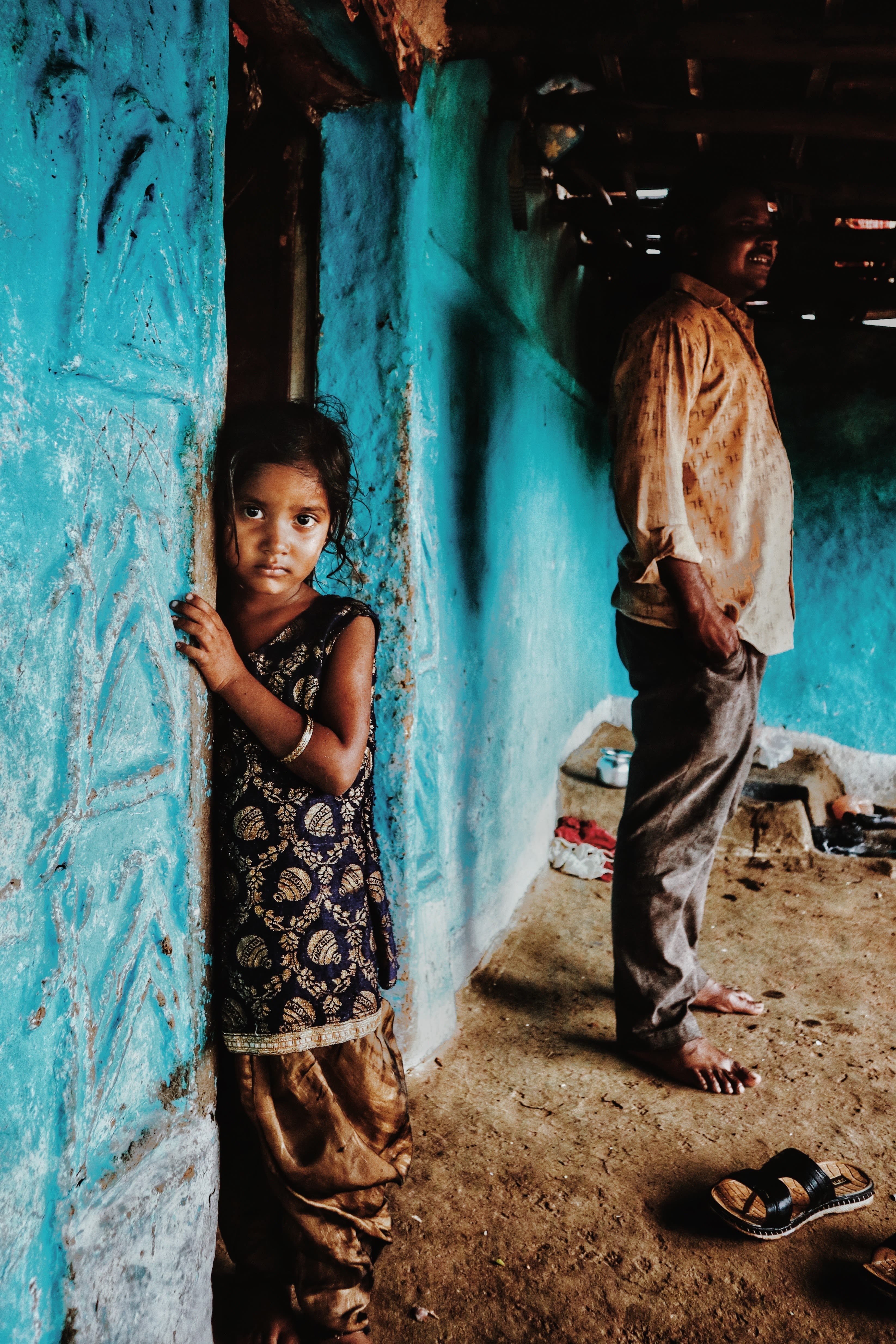
Her Childhood, Curtailed.
Arranged child marriages impact approximately 1 in 5 young girls globally. While this number has seen a decrease in recent years, the impacts of the issue remain prevalent and destructive, yet the topic does not seem to receive sufficient attention from modern humanitarian efforts.
While child marriages negatively impact both young boys and girls, UNICEF, one of the leading organisations on the issue reports that the involvement of male children in arranged marriages is 1 to 6 compared to that of females, leading many to view it as an issue that is rooted in gender inequality.
Girls forced into marriages before turning 18 are far more likely to be subjected to domestic and sexual abuse and experience worsened health outcomes and financial vulnerability, as well as commonly being starved of an appropriate education, sufficient social interaction and the freedom to participate in the childhood experiences of their unmarried counterparts.
Education is something that many child brides are forced to miss out on, as their duties of being a wife and a mother begin almost instantly and most are not permitted to seek out careers, making finishing school a non-priority. This can result in the child bride feeling even more isolated from society, and often leaves them without any financial security, and thus entirely reliant on their husbands for income. This, as one can imagine, is a breeding ground for domestic issues.
There are many studies linking high rates of gender-based violence with child marriages. 'Girls Not Brides', an organisation centered around ending child marriage globally, reports that girls forced into marriages before the age of 15 are nearly 50% more likely to have had experienced either physical or sexual domestic violence than girls married after the age of 18.
Furthermore, the below chart displays data from a survey conducted in 2004 by the ICRW (International Centre for Research on Women), revealing that women who were married before they turned 18 were twice as likely to have experienced some form of domestic abuse compared to those married after turning 18.
Another major violence concern lays with the fact that child brides are commonly expected to bear, or forced into bearing, a child once they are married. With these adolescent pregnancies (which are commonly the result of sexual assault) comes a host of health issues and complications both for the child giving birth, and the baby being birthed. Not only are complications during birth the primary killer of females aged 15-19 across the globe, but babies born to young girls whose bodies are not yet equipped to adequately nourish a developing fetus or deliver without complications are far more likely to be born underdeveloped, malnourished or with birth defects, making this a major health and safety concern as well as one of welfare and inequality.
Linked below is a video sharing the story of Habiba, a young girl who was forced into marriage at the age of 14. Her story is one of many that describes the harrowing reality of forced child marriages across the globe.
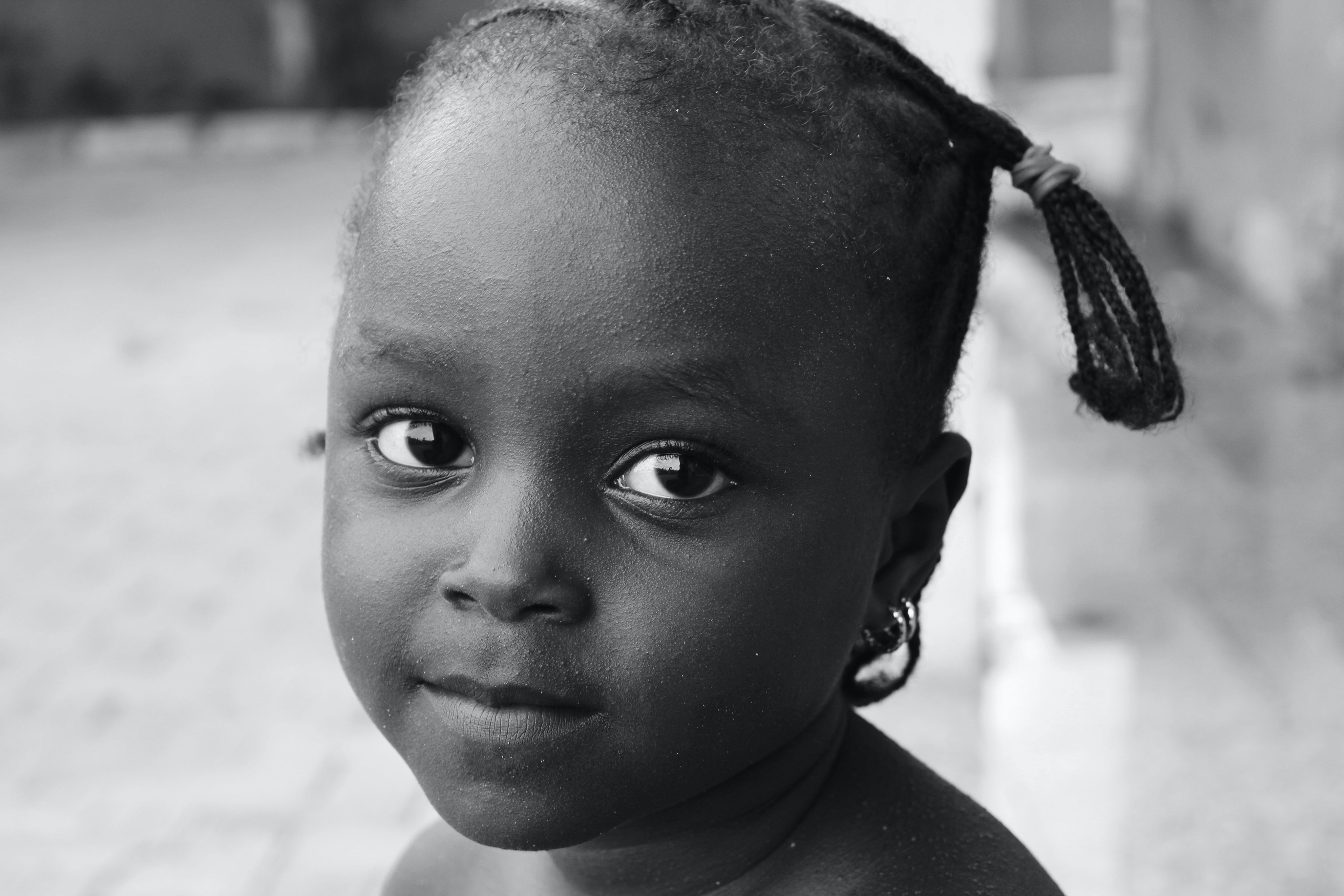
Photo by Muhammadtaha Ibrahim Ma'aji on Unsplash
A Global Issue, A Global Effort
Child marriage is a global issue, however there are areas and countries where the rates of these types of marriages being conducted are disproportionately higher. The most recent survey conducted by Girls Not Brides placed the West African country Niger as having the highest prevalence of child marriages, with 76% of their female population having been married before they turned 18 years of age. The Central African Republic followed closely behind at 68%, and Chad at 67%. The country with the highest absolute number of child marriages, however, is India, having had administered over 15 million.
Click on the image below to explore Girls Not Brides' interactive map and gain more insight.
When child marriages occur in countries and nations that are considered to be developing, they hold a unanimously dangerous and offensive stigma, one that seems almost dystopian to those of us in the Western world. It is important, however, to remain aware that child marriages occur, and are in fact legal in many places that you perhaps would not expect. In 2016, Pew Research Centre concluded that while almost all countries globally had some sort of law specifying age restrictions for marriage, a total of 117 countries either legally allowed child marriages, or allowed exemptions to their age restriction of 18, most of which simply required parental consent.
Considering the global nature of arranged child marriages, the efforts made to end them should be global also. With the impact of this issue being so immense, and for how detrimental its effects are, it seems that not nearly enough focus is assigned to it. The rise in prevention of child marriages in recent years is notable, but must be addressed with more urgency if we are to successfully tackle one of the most pressing and crippling matters of gender inequality that the world is currently facing.
References
Cybulska, B. (2007). Sexual assault: key issues. Journal of the Royal Society of Medicine, 100(7), 321-324.
Girls Not Brides. (n.d.). Gender-based violence and child marriage. Retrieved September 22, 2022, from https://www.girlsnotbrides.org/learning-resources/child-marriage-and-health/gender-based-violence-and-child-marriage/
Gravelin, C. R., Biernat, M., & Baldwin, M. (2019). The impact of power and powerlessness on blaming the victim of sexual assault. Group Processes & Intergroup Relations, 22(1), 98-115.
International Center for Research on Women. (n.d.). Child Marriage and Domestic Violence. ICRW. Retrieved September 22, 2022, from https://www.icrw.org/files/images/Child-Marriage-Fact-Sheet-Domestic-Violence.pdf
Pew Research Center. (2016). Many countries allow children to marry. Retrieved September 20, 2022, from https://www.pewresearch.org/fact-tank/2016/09/12/many-countries-allow-child-marriage/
Save The Children. (n.d.). Child Marriage: The Devastating End of Childhood. Retrieved September 19, 2022, from https://www.savethechildren.org/us/charity-stories/child-marriage-a-violation-of-child-rights#:~:text=Child%20brides%20are%20frequently%20deprived,school%2C%20with%20lifelong%20economic%20impacts
Statistics on Workplace Harassment 2021 | AllVoices. www.allvoices.co/blog/the-state-of-workplace-harassment-2021. Accessed 20 Sept. 2022.
Stoll, L. C., Lilley, T. G., & Pinter, K. (2017). Gender-blind sexism and rape myth acceptance. Violence against women, 23(1), 28-45.
Stuff.co.nz. “Workplace Sexual Harassment Bill ‘doesn’t Go Far Enough,’ Critics Say.” Stuff, 28 July 2022, www.stuff.co.nz/national/politics/300647662/workplace-sexual-harassment-bill-doesnt-go-far-enough-critics-say.
“Survey Finds Harassment a Problem for One in Three Japanese Workers.” nippon.com, 30 May 2020, www.nippon.com/en/japan-data/h00495/survey-finds-harassment-a-problem-for-one-in-three-japanese-workers.html.
team@klientboost.com. “16 Alarming Sexual Harassment in the Workplace Statistics You Need to Know.” Inspired eLearning, 21 July 2021, inspiredelearning.com/blog/sexual-harassment-in-the-workplace-statistics.
unicef. (2020). Child marriage around the world. Retrieved September 20, 2022, from https://www.unicef.org/stories/child-marriage-around-world
“We Need a Global Convention to End Workplace Sexual Harassment.” World Economic Forum, 7 Feb. 2020, www.weforum.org/agenda/2018/12/end-workplace-sexual-harassment-care-international.
World Vision. (2020). Child marriage: facts and how to help. Retrieved September 19, 2022, from https://www.worldvision.com.au/global-issues/work-we-do/forced-child-marriage
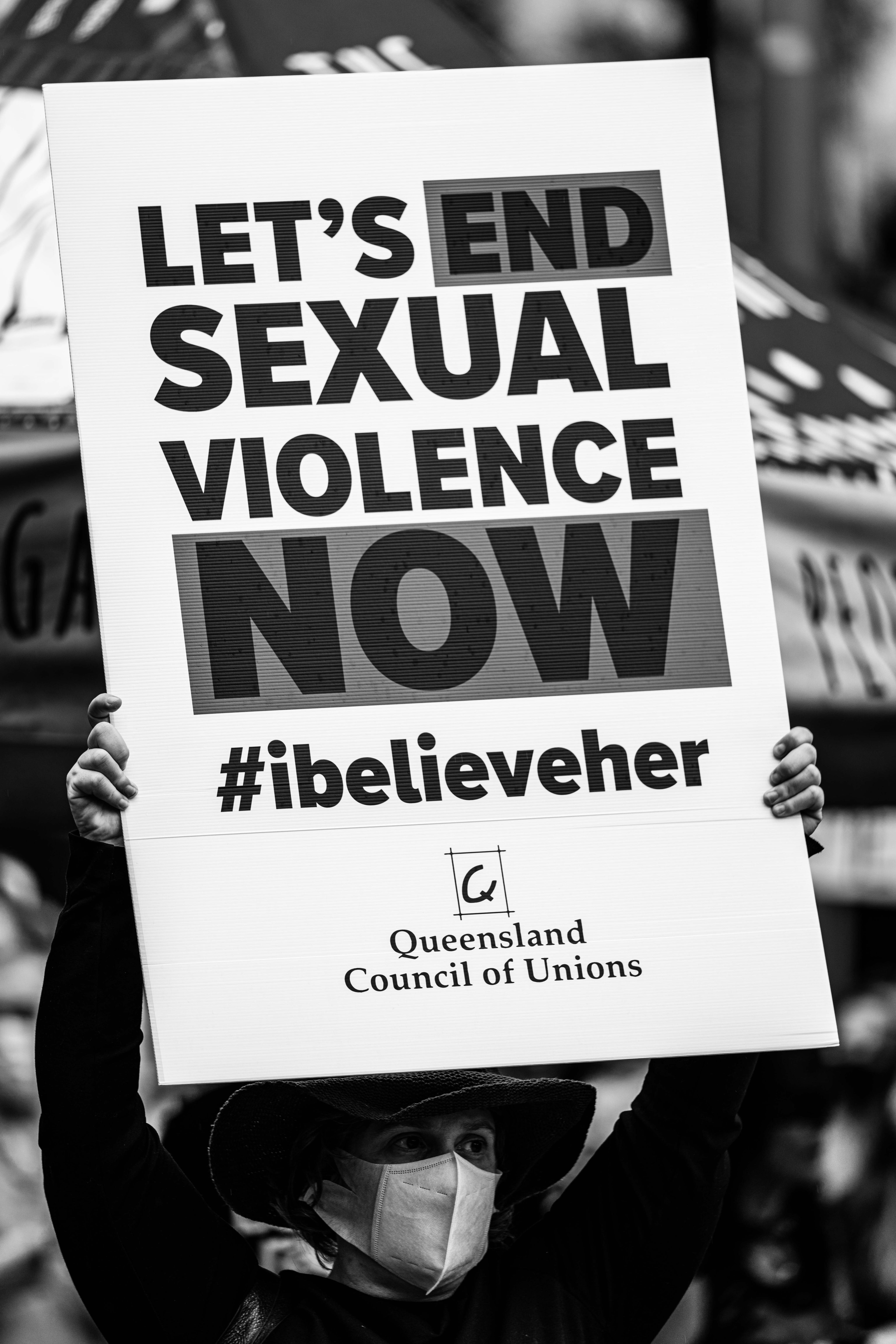
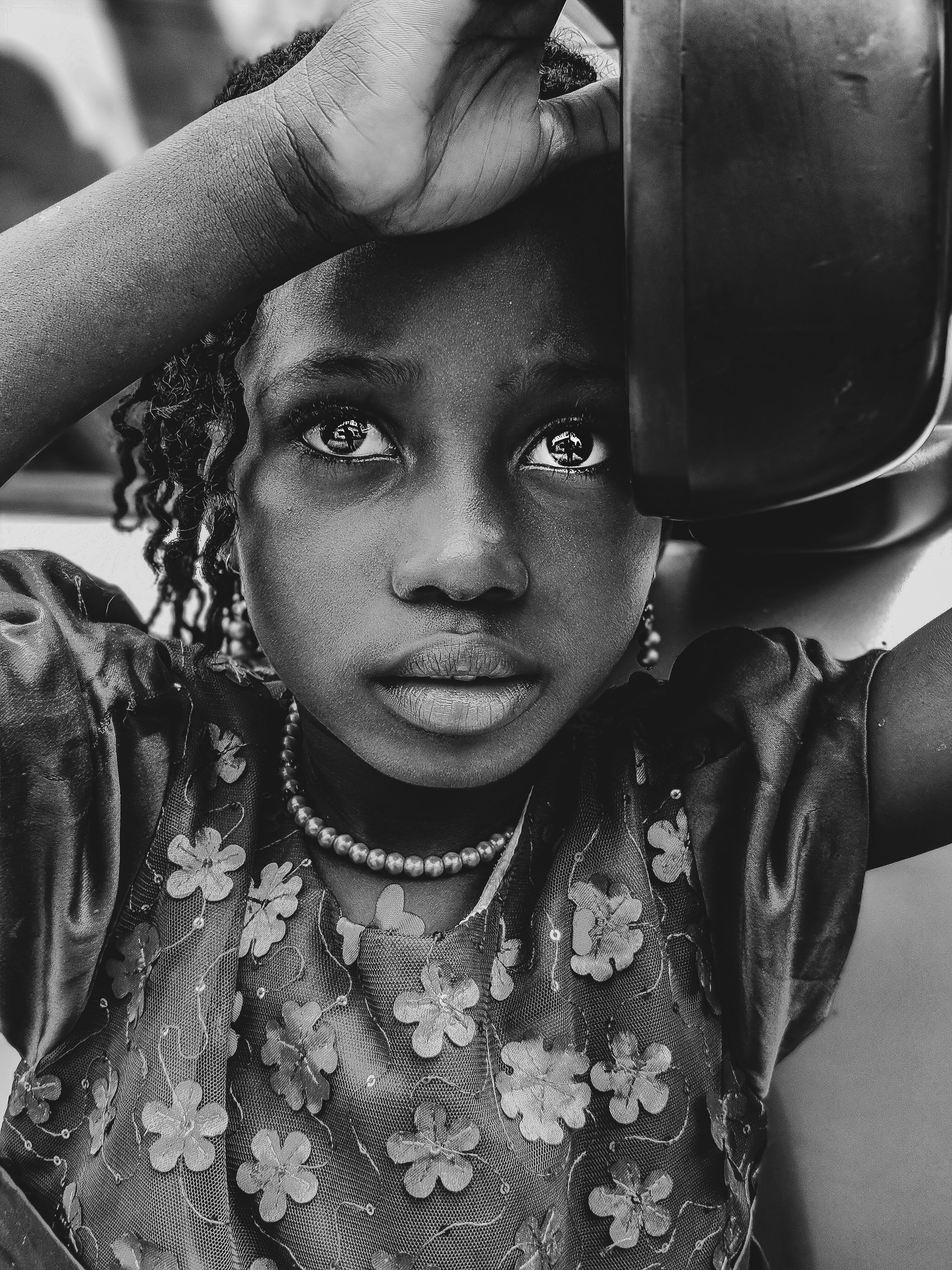
Photo by Joshua Oluwagbemiga on Unsplash
Photo by Joshua Oluwagbemiga on Unsplash

